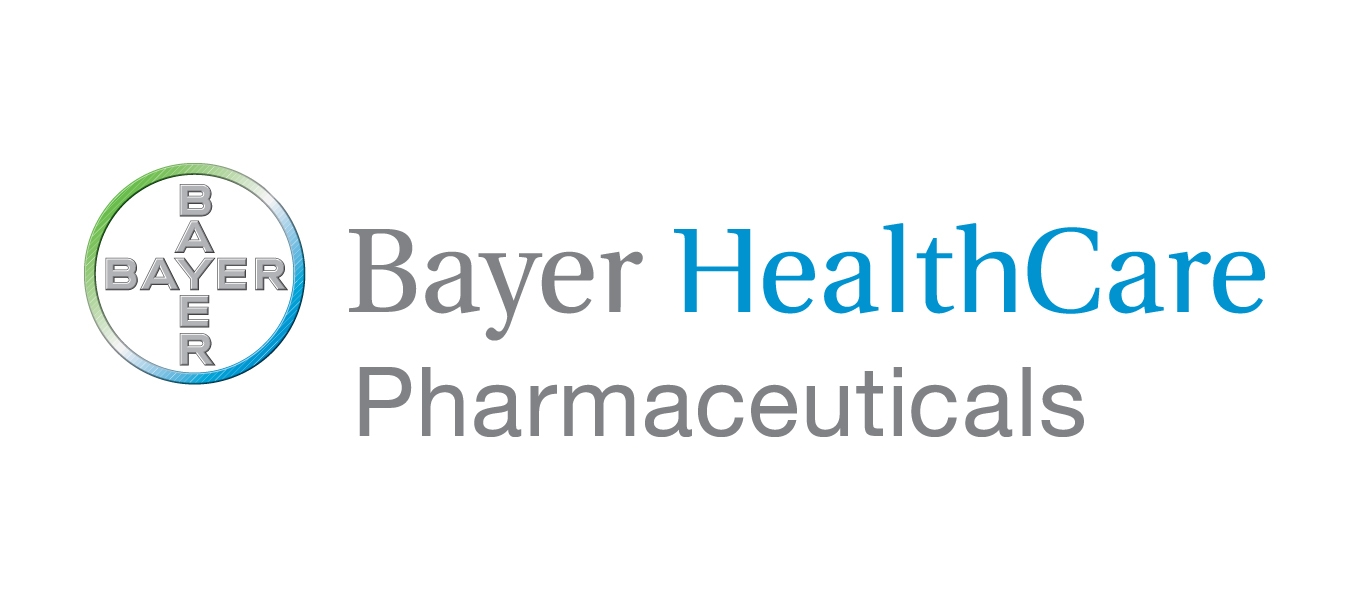Bayer Finds Pulmonary Embolism Patients Are Not Adequately Screened for PH

Representatives from Bayer HealthCare Pharmaceuticals presented findings at the American Thoracic Society’s (ATS) 2015 International Conference that suggest pulmonary hypertension is more prevalent in patients with pulmonary embolisms than was previously thought. Although the rate may be at least twice as high as previously identified, many patients do not undergo the necessary follow-up testing.
“The need for improved monitoring of these patients is especially important, as the various types of pulmonary hypertension are more prevalent than previously thought,” said Richard Channick, MD, director of Massachusetts General Hospital’s Pulmonary Hypertension and Thromboendarterectomy Program, in a news release.
Dr. Channick was the presenting author of a number of studies presented at ATS 2015, and one of the studies presented was “Occurrence of Pulmonary Hypertension Following Newly Diagnosed Pulmonary Embolism Patients in the United States.” This study evaluated over 7,000 pulmonary embolism patients in the years following their diagnosis. During patients’ two-year follow-up visits, 7.6% had a medical claim for pulmonary hypertension, and there was an overall incidence of pulmonary hypertension of 5.2% in the first year.
“These findings are important because the progression of PH can be slowed with effective treatment,” said Victor Tapson, M.D., director of the Venous Thromboembolism and Pulmonary Vascular Disease Research Program at Cedars-Sinai Medical Center in Los Angeles. “Consistent use of accurate PH imaging diagnostics is critical to effective treatment.”
The study found that although 91% of patients received an echocardiogram, only 21% of patients received a ventilation-perfusion (VQ) scan, and only 4% received right heart catheterization. A VQ scan measures air and blood flow through the lungs and is the preferred method for determining the presence of chronic thromboembolic pulmonary hypertension (CTEPH). Right heart catheterization is an established method for detecting pulmonary hypertension.
“These data indicate that, despite the risk of pulmonary hypertension among pulmonary embolism patients, the use of tests necessary to identify PH – and that determine the specific type of PH – is lacking,” said Dario Mirski, MD, vice president and head of US Medical Affairs at Bayer HealthCare Pharmaceuticals. Greater use of diagnostic techniques may lead to better patients’ outcomes if their disease is caught in its early stages.







